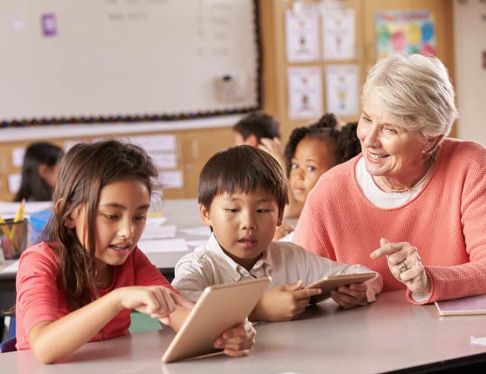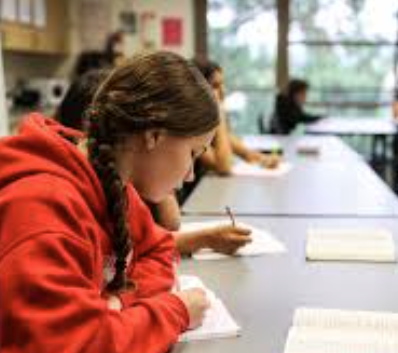English Language Learners (ELLs) bring rich cultural and linguistic diversity to the classroom, but they also face unique challenges in academic settings. Personalized learning offers a powerful way to support ELL students by tailoring instruction to their language proficiency, learning style, and personal interests. This approach helps create an inclusive environment where every student can thrive.
Understanding the Needs of ELL Students
ELLs vary widely in their educational backgrounds, native language skills, and exposure to English. They may require support in:
- Developing vocabulary and grammar in English
- Understanding academic content in multiple subjects
- Building confidence in verbal and written communication
Personalized learning addresses these challenges by providing multiple entry points and instructional strategies to meet students where they are.
Adapting Instruction to Language Proficiency
Personalized learning enables educators to:
- Group students by language level for differentiated instruction
- Provide modified content in English or in the student’s first language when appropriate
- Scaffold academic tasks with visuals, sentence frames, and glossaries
This individualized approach supports language development while ensuring that content learning continues.
Leveraging Technology for Language Support
Digital tools are a key component of personalized learning for ELLs. Apps and platforms can:
- Translate instructions and vocabulary
- Offer speech-to-text or text-to-speech capabilities
- Provide language games and practice opportunities tailored to proficiency levels
Tools like Google Translate, Quizlet, and language learning apps such as Duolingo can supplement classroom instruction and support independent learning.
Encouraging Student Voice and Cultural Identity
Personalized learning allows students to connect academic content to their backgrounds and interests. ELLs can:
- Choose project topics that reflect their culture or experiences
- Share their knowledge and perspectives through multimedia projects
- Reflect on their progress through bilingual journaling or portfolios
This fosters a sense of belonging and respect, which is vital for student motivation and engagement.
Strengthening Teacher-Student Relationships
Ongoing feedback and check-ins are essential in personalized learning. For ELLs, regular interactions help build trust and ensure that language barriers do not impede academic progress. Teachers can:
- Provide feedback in simplified language
- Celebrate language milestones and progress
- Involve families in learning through translated materials and culturally responsive communication
Supporting Academic Success Across Subjects
Personalized learning ensures that language development and content mastery happen side by side. ELLs can:
- Use graphic organizers and visual aids in science and social studies
- Access leveled texts and audiobooks in reading
- Solve math problems using step-by-step language supports
This holistic approach promotes academic achievement without isolating language learning from subject learning.
Conclusion
Personalized learning is a valuable strategy for supporting English Language Learners. By recognizing each student’s unique language journey and offering adaptable, culturally responsive instruction, educators can help ELLs build confidence, develop essential skills, and thrive in school. With the right tools and mindset, personalized learning creates equitable opportunities for every learner to succeed.














